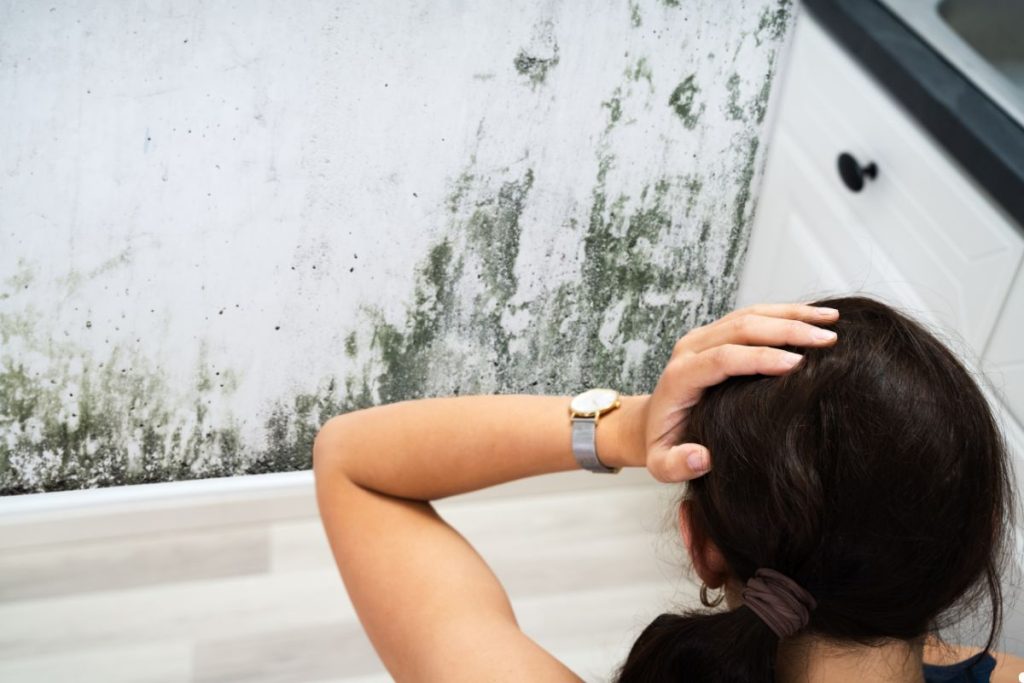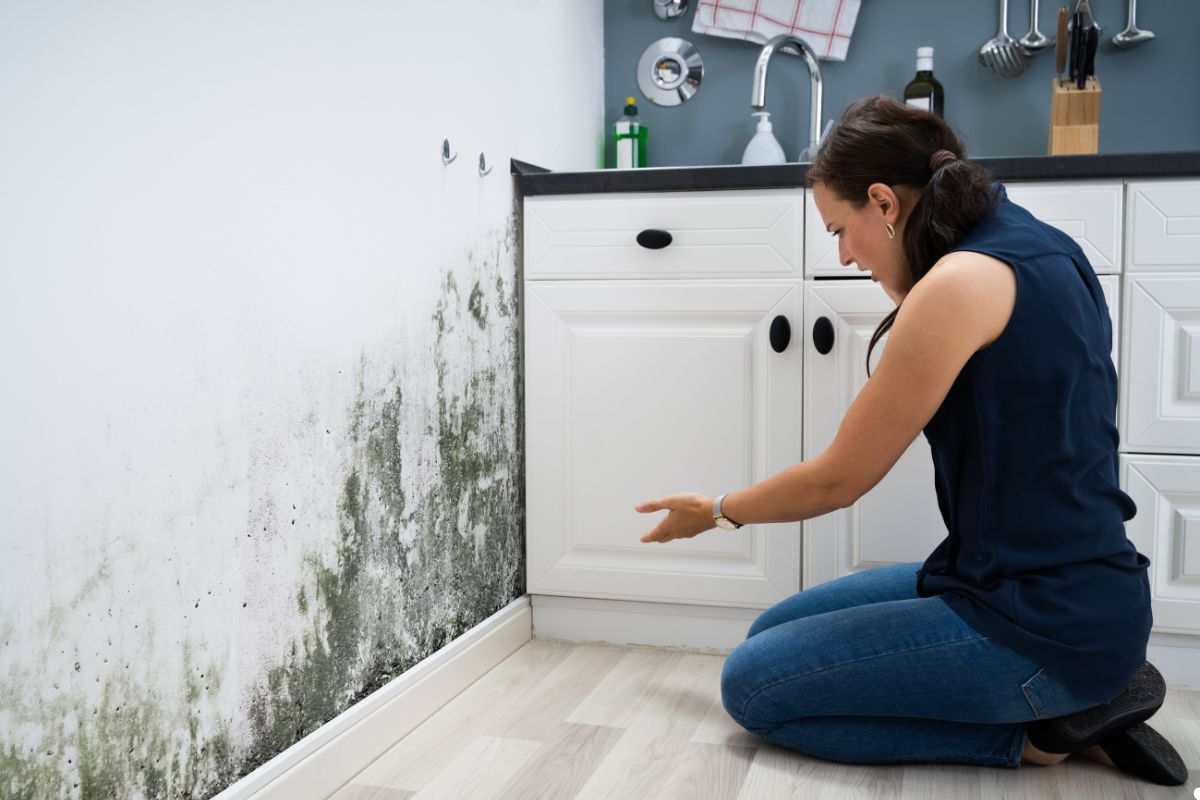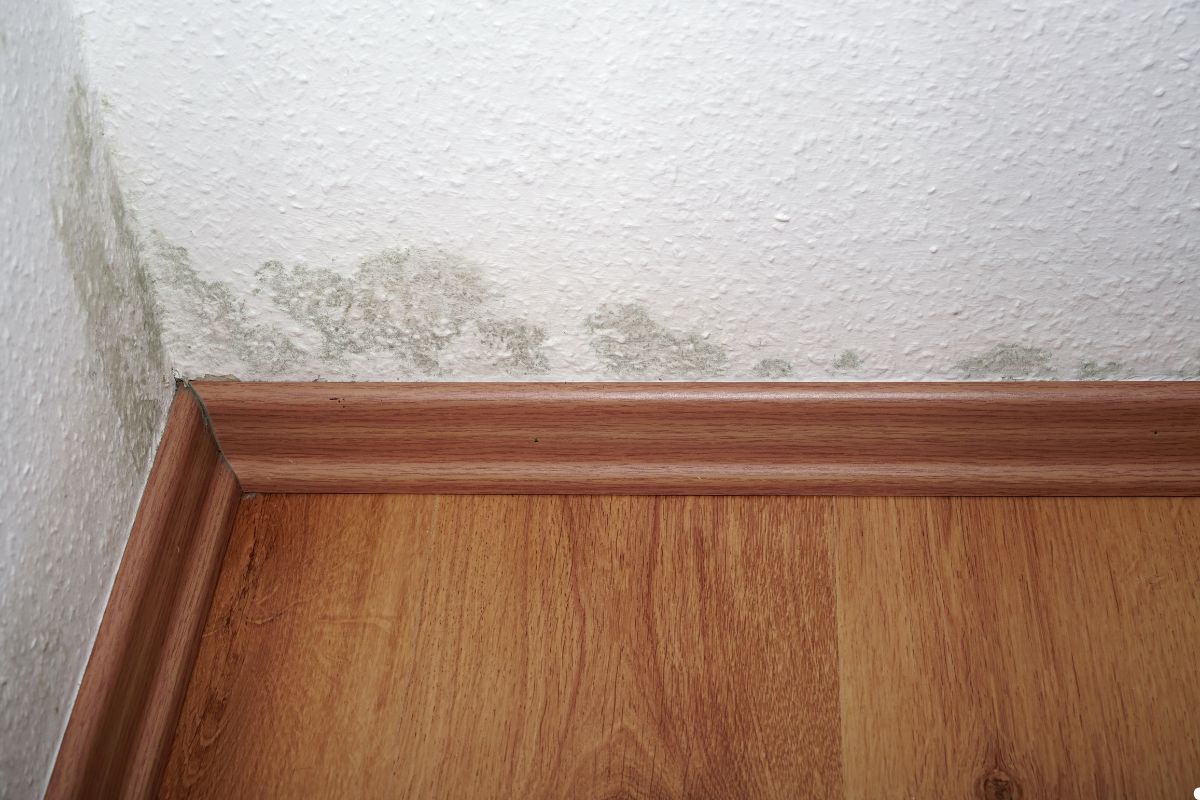
Yes, mold can come back after remediation if the underlying issues aren’t addressed or if the remediation process was incomplete. The key to preventing mold recurrence lies in identifying and eliminating the source of moisture, ensuring thorough removal of existing mold, and maintaining a dry and well-ventilated environment. This article will explore the reasons behind mold recurrence and provide a comprehensive guide to preventing it, ensuring a healthy and mold-free home. If you’re dealing with mold issues, call us today for expert remediation and prevention solutions!
The Persistent Problem of Mold: Why Remediation Isn’t Always a One-Time Fix
Mold remediation is a crucial process for maintaining a healthy home environment. However, many homeowners are surprised to learn that mold can sometimes return even after professional remediation. This recurrence is a common concern, and understanding why it happens is the first step in preventing it. Mold thrives in damp environments, and if the conditions that allowed it to grow in the first place aren’t corrected, it will likely return.
What is Mold Remediation?
Mold remediation is the process of identifying, containing, removing, and cleaning mold from an affected area. It goes beyond simple mold removal by addressing the underlying causes of mold growth, such as moisture problems. Mold remediation often goes hand in hand with water damage restoration services to ensure a thorough cleanup. Professional mold remediation typically involves:
- Inspection and Assessment: Identifying the type and extent of mold growth.
- Containment: Preventing mold spores from spreading to other areas.
- Removal: Physically removing the mold-infested materials.
- Cleaning and Disinfection: Cleaning and disinfecting surfaces to kill remaining mold spores.
- Drying: Thoroughly drying the affected area to prevent future mold growth.

Why Mold Can Return After Remediation
Several factors can contribute to mold recurrence after remediation:
Incomplete Remediation
If the initial mold remediation process was not thorough, some mold spores or hidden mold colonies may remain. These remaining spores can quickly multiply if moisture is present, leading to a new outbreak.
Moisture Problems
Moisture is the primary driver of mold growth. If the source of moisture – such as a leaky roof, plumbing leak, or condensation – is not addressed, mold will inevitably return.
Hidden Mold
Mold can grow in hidden areas, such as behind walls, under floors, or in HVAC systems. If these areas are not properly inspected and remediated, the mold will continue to thrive.
Cross-Contamination
During remediation, mold spores can be spread to other areas if proper containment procedures are not followed. This can lead to new mold growth in previously unaffected areas.
Identifying the Signs of Mold Recurrence
Detecting mold recurrence early is crucial for preventing further damage and health problems. Here are some common signs to watch out for:
Musty Odors
A persistent musty or earthy odor is often the first sign of mold growth.
Visible Mold Growth
Check for visible mold on walls, ceilings, floors, and other surfaces. Mold can appear in various colors, including black, green, brown, and white.
Health Symptoms
Mold exposure can cause a range of health symptoms, including allergies, respiratory problems, headaches, and skin irritation.
Water Damage
Look for signs of water damage, such as water stains, discoloration, or peeling paint, as these can indicate a moisture problem that could lead to mold growth.
Preventing Mold Recurrence: A Comprehensive Guide
Preventing mold from returning requires a multi-faceted approach that focuses on moisture control and proper maintenance.
Control Moisture
- Fix any leaks in roofs, plumbing, or windows.
- Ensure proper drainage around your home’s foundation.
- Use dehumidifiers in damp areas, such as basements and bathrooms.
- Dry wet surfaces immediately after spills or leaks.
Improve Ventilation
- Open windows and doors to increase airflow.
- Use exhaust fans in bathrooms and kitchens.
- Ensure your HVAC system is properly maintained and ventilated.
Regular Inspections
- Inspect your home regularly for signs of water damage or mold growth.
- Pay close attention to areas that are prone to moisture, such as bathrooms, kitchens, and basements.
Professional Maintenance
- Schedule regular HVAC maintenance to ensure proper ventilation and prevent moisture buildup.
- Consider professional mold inspections to identify hidden mold problems.
Choose Mold-Resistant Materials
- When renovating or building, use mold-resistant drywall, paint, and other materials.

The Importance of Professional Follow-Up
Even after successful mold remediation, professional follow-up is crucial to ensure that the problem is truly resolved and to prevent future recurrence.
Post-Remediation Inspection
A professional inspection after remediation can verify that all mold has been removed and that the underlying moisture problem has been addressed.
Air Quality Testing
Air quality testing can help determine if mold spores are still present in the air, even if visible mold is gone.
Ongoing Monitoring
Regular monitoring can help detect any signs of mold recurrence early, allowing for prompt action to prevent further growth. Detect mold early and take action fast! Contact us today for expert monitoring and prevention.
Frequently Asked Questions About Mold Recurrence
Here are some common questions about mold recurrence after remediation:
How long after mold remediation can mold come back?
Mold can return within a few weeks or months if the underlying moisture problem is not addressed.
Is it normal to still smell mold after remediation?
No, if you still smell mold after remediation, it indicates that mold spores are still present and the remediation process was not fully effective.
What are the best ways to prevent mold from returning?
The best ways to prevent mold recurrence are to control moisture, improve ventilation, conduct regular inspections, and seek professional maintenance.
When should I call a professional for mold problems?
You should call a professional if you suspect mold growth, experience persistent health symptoms, or have difficulty controlling moisture in your home.
Long-Term Mold Control: Protecting Your Home and Health
Preventing mold recurrence requires a proactive and ongoing approach. By controlling moisture, improving ventilation, conducting regular inspections, and seeking professional assistance when needed, you can protect your home and health from the dangers of mold. Remember, effective mold control is not just about removing existing mold; it’s about creating a healthy and sustainable environment that prevents mold from returning. Call us today for expert mold prevention and remediation services!

